As process industries grow, pumps play a critical role in ensuring smooth operations, consistent flow, and product quality.
The global industrial pumps market, valued at USD 67.44 billion in 2023, is projected to reach USD 105.15 billion by 2032 at a CAGR of 5.13%, highlighting the rising demand for reliable pumps across oil refining, chemical, food processing, and pharmaceutical sectors.
This guide highlights how to select pumps for process industries, covering pump types, working principles, and key factors to ensure efficient, safe, and long-lasting performance.
Key Takeaways
- Pumps for process industries are vital for maintaining smooth process flow and consistent product quality across oil & gas, chemical, food, and pharmaceutical sectors.
- Selecting the right pumps for process industries improves efficiency, reduces downtime, and ensures compliance with industry standards.
- Consider factors such as viscosity, flow rate, pressure, and material compatibility when evaluating pumps.
- Regular preventive maintenance extends pump life and minimizes repair costs.
- Understanding different pump types and their applications is essential for reliable operations.
To grasp their significance, it’s essential to understand the role pumps play in process industries.
Understanding Pumps for Process Industries and Why They Matter
Centrifugal pumps are central to the operation of many process industries, ensuring fluids move efficiently, safely, and under controlled conditions. Their role extends beyond basic transfer, they support production reliability, quality control, and compliance with strict industrial standards.
Importance of pumps in process industries:
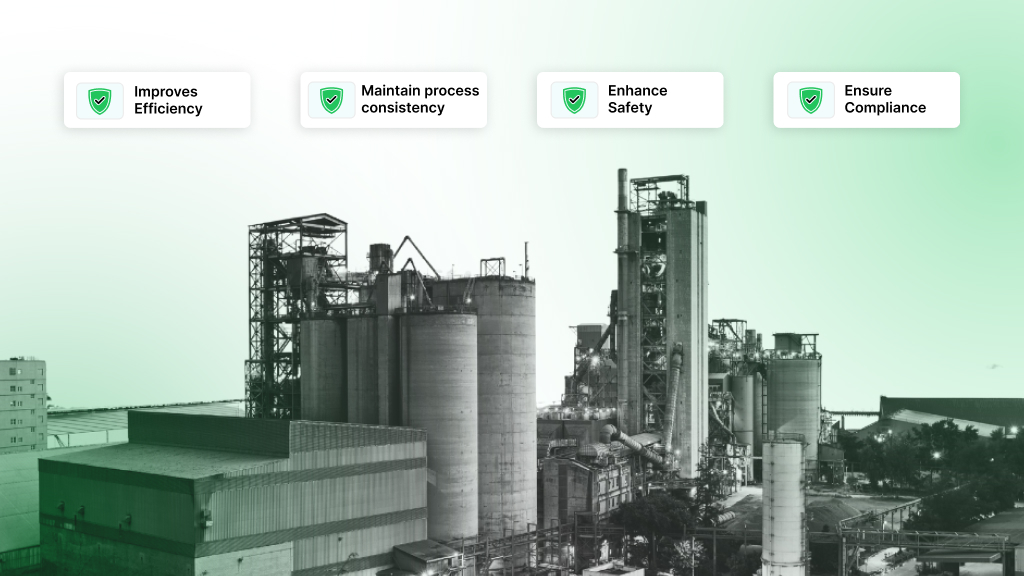
- Improve operational efficiency: In oil and gas operations, pumps ensure uninterrupted crude transfer, injection processes, and refining activities, reducing the risk of costly production slowdowns.
- Maintain process consistency: Chemical manufacturing plants rely on pumps to deliver precise flow rates for hazardous or corrosive liquids, ensuring product quality and adherence to process requirements.
- Enhance safety: High-temperature and hazardous fluid handling is made possible by pumps designed to prevent leaks and manage pressures safely in critical environments.
- Ensure regulatory compliance: In the food and beverage sector, sanitary pumps maintain hygiene standards, prevent contamination, and meet industry regulations for safety and environmental responsibility.
Before finalizing a pump, it’s important to review the key technical parameters that determine its suitability for your specific process conditions.
Parameters To Select Pumps for Process Industries
When choosing a pump for process industries, certain technical parameters define its suitability for the application. Evaluating them before procurement ensures the pump can handle the required load, fluid type, and environmental stresses without premature failure.
The table below outlines the core parameters to evaluate when selecting a pump, along with a brief description of their significance:
With these functions in place, the next step is to assess the factors that influence selecting the right pump for specific process applications.
Key Factors in Selecting Pumps for Process Industries
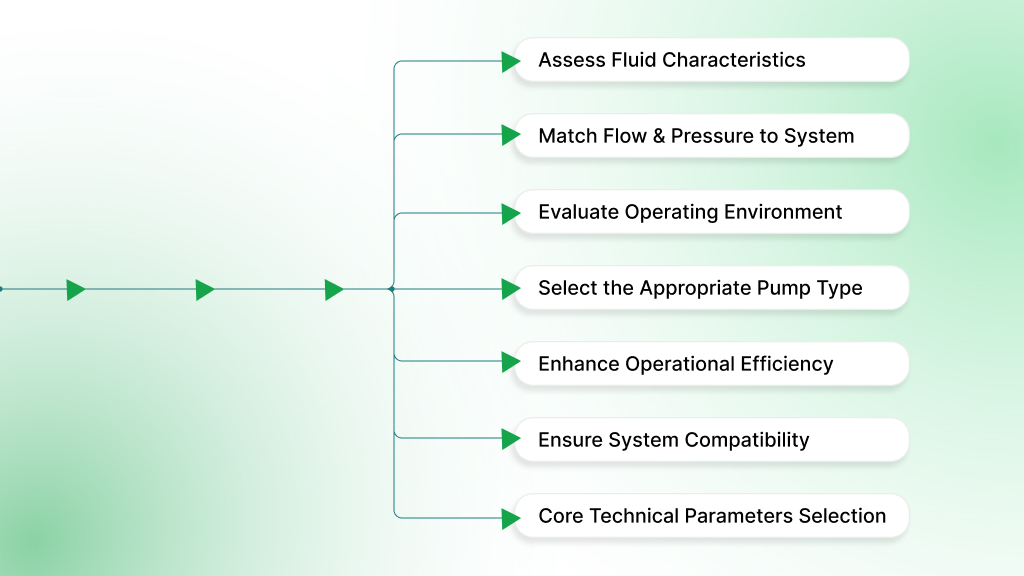
Selecting the right pump for process industries is not just about matching capacity figures; it is about ensuring the equipment can handle the exact operating conditions it will face every day.
Each factor below addresses a different technical consideration to help ensure the chosen pump delivers its rated performance under actual site conditions.
1. Assess Fluid Characteristics in Detail
Every pump is designed to handle certain types of fluids efficiently. A precise analysis of the liquid’s physical and chemical properties ensures the pump can handle the process without performance loss or excessive wear.
Key parameters to evaluate:
- Viscosity: High-viscosity liquids require more energy to move and can significantly reduce flow in centrifugal pumps, making positive displacement pumps a better fit.
- Abrasiveness, Acidity, and Alkalinity: Fluids with abrasive particles or extreme pH values demand hardened alloys, protective coatings, or wear-resistant liners to minimize erosion and corrosion.
- Temperature and Vapor Pressure: Extreme temperatures can damage seals, bearings, and elastomers, while low vapor pressure raises the risk of cavitation, requiring special impeller designs or NPSH considerations.
- Specific Gravity: Denser fluids increase power requirements and must be factored into motor sizing.
- Solid Particle Concentration: High solids content may call for pumps with specialized impellers, liners, or slurry-handling designs.
2. Match Flow and Pressure to System Demands
A pump must supply the required capacity and head under real operating conditions, not just theoretical design values. Careful sizing avoids overloading the pump and ensures smooth, uninterrupted performance.
Considerations include:
- Flow Rate: Calculate both continuous and peak process demand in GPM or m³/h.
- Pressure Requirements: Account for total dynamic head, including static lift, pipe friction losses, valve restrictions, and elevation changes.
- System Design Impact: Poor piping layout can cause energy losses or cavitation; ensure the pump is suited to the network’s geometry.
3. Evaluate the Operating Environment
Pumps do not work in isolation environmental conditions can greatly affect their lifespan and performance. Factoring in site-specific variables prevents premature failures and ensures consistent output.
Factors to check:
- Ambient Conditions: Exposure to high/low temperatures, humidity, dust, or chemicals can affect pump coatings, lubricants, and electrical systems.
- Process Stresses: Include potential for sudden pressure surges, corrosive vapors, or hazardous substances.
- Safety Compliance: Ensure compliance with relevant API, ANSI, ISO, and environmental regulations.
4. Select the Appropriate Pump Type for the Application
Different pump technologies excel in different applications and materials made of either metallic or non-metallic. Choosing the right type ensures the pump can efficiently handle the intended fluid, volume, and operating conditions without compromise.
Common options include:
- Centrifugal Pumps: Best for large volumes of low-viscosity fluids, offering simplicity, high efficiency, and steady operation.
- Positive Displacement Pumps: Provide constant flow regardless of system pressure, making them ideal for viscous liquids and dosing applications.
- Specialty Pumps: Gear, diaphragm, peristaltic, and vane pumps handle specific challenges such as sanitary processes, shear-sensitive fluids, or solids-laden media.
5. Enhance Operational Efficiency and Longevity
Focusing only on purchase price can lead to higher operational costs in the long run. Considering efficiency, durability, and lifecycle expenses helps secure the best return on investment.
Key aspects:
- Energy Efficiency: High-efficiency and premier designs reduce operational costs and environmental impact; integration of Variable Frequency Drives (VFDs) allows speed control for variable demand, improving performance.
- Total Cost of Ownership: Factor in installation, maintenance, downtime, spare parts, and energy use over the pump’s life cycle.
- Reliability: Pumps designed for easy maintenance reduce downtime and extend service intervals.
6. Ensure System Compatibility and Integration
Even the best pump will underperform if it isn’t properly integrated into the system. Verifying fit, customizing for process needs, and ensuring proper installation can maximize efficiency and reduce downtime.
Final checks include:
- Infrastructure Fit: Confirm compatibility with connection sizes, piping layout, and available power supply.
- Customization Options: Impellers, seals, and materials can be tailored for specific process conditions to enhance efficiency and lifespan.
- Installation and Maintenance Practices: Follow OEM guidelines for foundation preparation, alignment, and piping to avoid vibration or premature wear.
- Regular Maintenance: Scheduled inspections and timely component replacements improve long-term reliability and prevent costly unplanned outages.
7. Core Technical Parameters for Pump Selection
Understanding key technical parameters ensures the pump can handle the process efficiently and reliably. The table below summarizes the essential specifications and their significance:
Once the right pump is in place, regular maintenance becomes essential to keep operations smooth and prevent unexpected downtime.
How to Maintain Pumps for Process Industries?
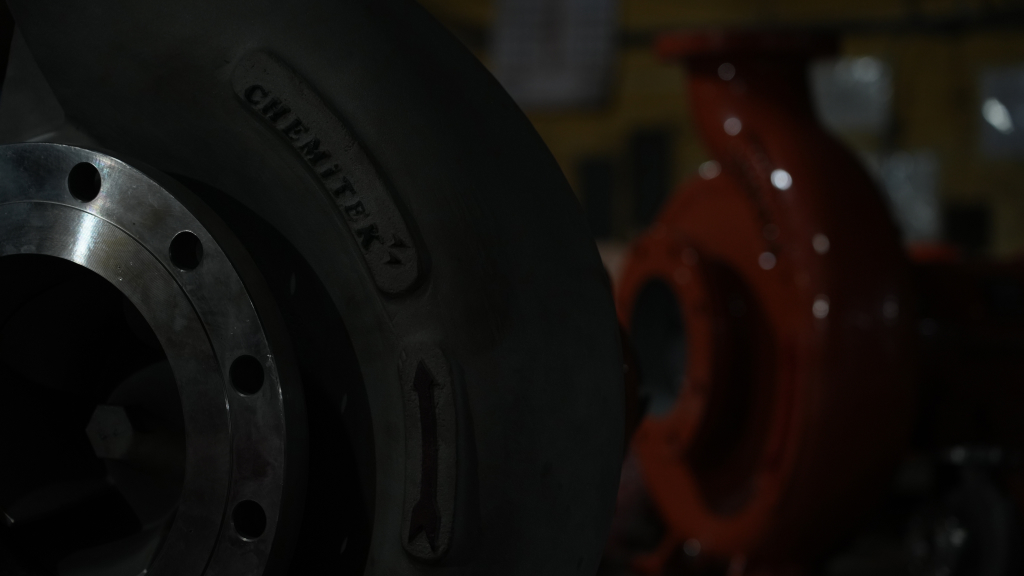
Regular maintenance is essential to keep pumps running efficiently, prevent unexpected failures, and extend their service life. The following table outlines the key maintenance activities, their focus areas, and recommended practices to ensure optimal pump performance:
- Inspect pumps weekly for leaks, unusual vibrations, abnormal noise, seal wear, and motor current deviations to catch early signs of mechanical or hydraulic issues.
- Check shaft alignment and rotor balance regularly, ensuring vibration levels remain below recommended thresholds (typically <4.5 mm/s RMS) to prevent wear and energy loss.
- Measure flow rate, discharge pressure, and motor power against baseline values to detect performance drops or cavitation risks.
- Schedule periodic inspections and component replacements, including bearings, impellers, seals, and fasteners, to extend service life and avoid unexpected failures.
- Maintain an inventory of critical components such as seals, gaskets, bearings, and impellers to enable quick replacement and minimize downtime.
- Flush the pump to remove deposits, clean external surfaces, and protect from dust, moisture, or corrosive environments to ensure consistent operation and longevity.
- Regularly inspect pump materials and coatings (SS304/SS316, abrasion-resistant alloys) for wear or corrosion caused by corrosive, abrasive, or high-temperature fluids.
- Monitor flow rates, total dynamic head (TDH), and NPSH to ensure pumps operate efficiently and prevent cavitation or performance drops.
- Verify that pumps remain in compliance with API, ANSI, ISO, or sanitary standards, and confirm that seals, gaskets, and materials continue to handle hazardous or food-grade fluids safely.
- Keep pumps modular and accessible so bearings, seals, and impellers can be serviced or replaced without full disassembly, reducing downtime and maintenance complexity.
Are operational delays affecting your industrial processes? Discover how Chemitek’s pumps for process industries combine premium materials, precise design, and expert support to ensure consistent, efficient, and reliable performance.
Chemitek: Trusted Pumps for Industrial Processes
Chemitek Process Equipment Pvt. Ltd. offers industrial pumps crafted from SS316, Alloy 20, Hastelloy, and other premium materials with ANSI-compliant configuration and built to meet ANSI/ASME B73.1 standards.
Our range of centrifugal, slurry, and chemical pumps handles fluids of varying viscosity, density, abrasiveness, and temperature. They deliver precise flow, maintain optimal discharge head, and ensure reliable operation while minimizing wear and cavitation.
With end-to-end support including pump specification, system integration, installation, and preventive maintenance, Chemitek helps industries maintain smooth operations, reduce downtime, and extend pump life.
Reach out today to get tailored industrial pump solutions designed to meet your process requirements.
FAQs
1. Why is pump selection important for process industries?
Selecting the correct pump ensures efficient fluid transfer, prevents downtime, protects components, and maintains process consistency across industrial operations.
2. What factors should I consider when selecting a pump?
Key factors include fluid properties (viscosity, density, abrasiveness), required flow rate, discharge head, temperature, pressure, and system layout.
3. How do I decide between centrifugal and positive displacement pumps?
Centrifugal pumps are best for low-viscosity, high-flow fluids, while positive displacement pumps handle viscous, abrasive, or shear-sensitive liquids with constant flow regardless of system pressure.
4. What role do materials play in pump selection?
Material choice such as SS316, Alloy 20, or Hastelloy ensures compatibility with corrosive or abrasive fluids and extends pump life under demanding conditions.
5. Can incorrect pump selection cause operational issues?
Yes. Using the wrong pump can lead to cavitation, excessive wear, high energy consumption, and unplanned downtime, increasing operational costs.
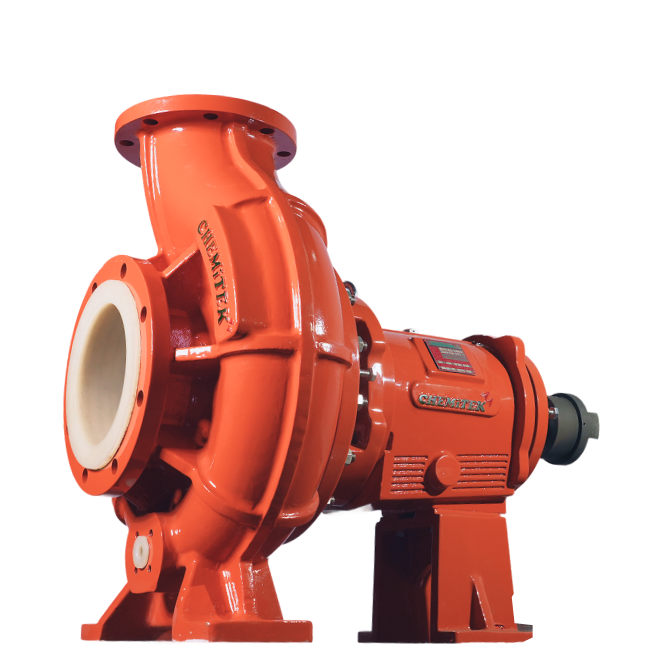
Latest posts
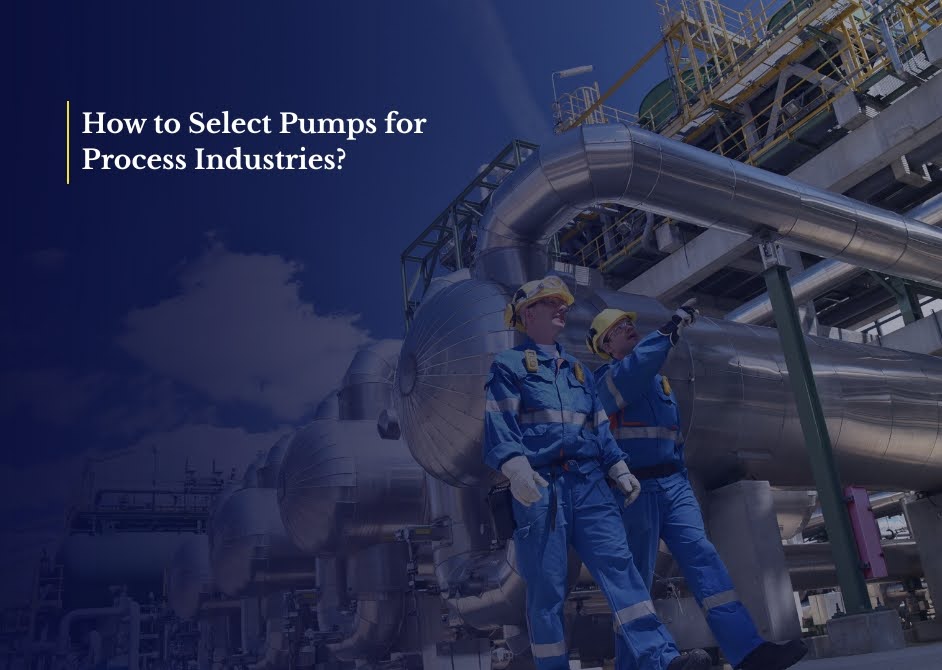
How to Select Pumps for Process Industries? Key Steps
Ready to Upgrade Your Process Operations?